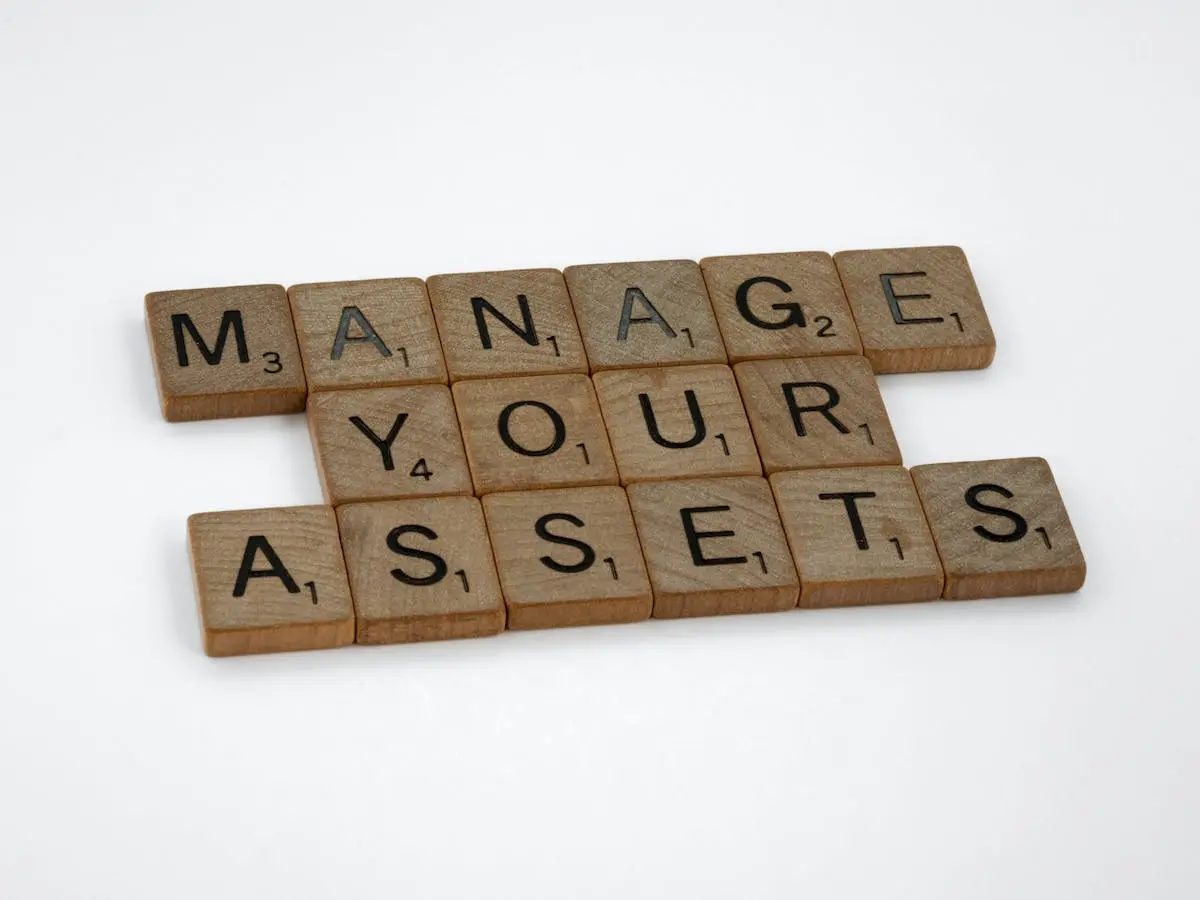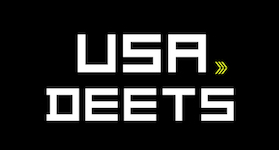
Yes, inventory is indeed considered a current asset in business accounting.
Inventory is labeled a current asset because it embodies a business’s immediate financial potential. Whether it’s raw materials, works in progress, or finished goods, the items on hand signify not just physical presence but the promise of future revenue, flexibility in meeting demands, and a robust strategy for navigating the dynamic currents of the market. In essence, inventory is the key player in keeping the wheels of a business turning in the present, making it a quintessential component of current assets.
First things first, let’s break down the basics. In the business world, assets are like the building blocks that keep the financial structure intact. They’re the valuable resources a company owns, and yes, inventory is one of them. But why is it considered an asset?
Anything that has the power to put money in the company’s pocket is considered an asset. Inventory is no exception. It’s not just about having physical goods; it’s about having the right goods at the right time. That timely availability ensures sales, which in turn keeps the business wheels turning.
Types of Inventory:
Here’s a table listing various types of inventories and indicating whether each type is considered an asset or not:
| Type of Inventory | Asset or Not |
|---|---|
| Raw Materials | Asset |
| Work in Progress (WIP) | Asset |
| Finished Goods | Asset |
| MRO Goods | Asset |
| Pipeline Inventory | Asset |
| Safety Stock | Asset |
| Anticipation Inventory | Asset |
| Transit Inventory | Asset |
| Obsolete Inventory | Not an Asset |
| Dead Stock | Not an Asset |
| Consignment Inventory | Not an Asset |
Alright, let’s dive a bit deeper. Inventory isn’t a one-size-fits-all term:
- Raw Materials: The stuff you need to craft your final product.
- Work in Progress (WIP): The partially finished products in the manufacturing pipeline.
- Finished Goods: The end product, ready to be sold and make your business shine.
- MRO Goods (Maintenance, Repair, and Operations): Asset, essential for maintaining business operations.
- Pipeline Inventory: Asset, as it is in transit and represents future sales.
- Safety Stock: Asset, serving as a buffer against unexpected demand fluctuations.
- Anticipation Inventory: Asset, stocked in anticipation of future demand.
- Transit Inventory: Asset, in transit to meet customer demands.
- Obsolete Inventory: Not an Asset, as it has lost its value or usability.
- Dead Stock: Not an Asset, as it has no potential for sale or use.
- Consignment Inventory: Not an Asset for the business holding it; considered an asset for the consignor until sold.
Each type plays a crucial role in the production and sales cycle, forming a dynamic trio that keeps the business engine humming.
Why Inventory is Your Business Buddy:
So, why the big fuss about inventory being an asset? It all boils down to the financial health of a company. An inventory on hand means a company is ready to meet customer demands, seize opportunities, and navigate the unpredictable seas of the market. This readiness is music to the ears of investors, lenders, and even potential business partners.
Consider this: A company with well-managed inventory can adapt quickly to market changes, avoid shortages, and capitalize on emerging trends. That spells not just stability but growth – a winning combination in the business world.
What Are Current Assets?
Current assets are like the financial superheroes of a business, ready to leap into action. They’re the assets that can be quickly turned into cash or used up within a year. Think of them as the quick-access funds in a company’s wallet.
These include things like cash on hand, money owed by customers (accounts receivable), and items like inventory and prepaid expenses. Basically, if a company can use it, sell it, or convert it to cash in the short term, it’s a current asset. These assets are the dynamic duo that keeps businesses nimble and agile, always ready to tackle whatever the financial world throws at them.
Here’s a list of common current assets with a brief description for each:
- Cash: Cold hard currency and its equivalents, the superhero of immediate transactions.
- Short-term Investments: Money parked in ventures with quick returns, adding a boost to cash reserves.
- Accounts Receivable: Money owed by customers, waiting to join the cash flow party.
- Inventory: The treasure trove of goods ready to be sold, transforming into revenue.
- Prepaid Expenses: Expenses paid in advance, representing future cost savings.
These assets are the financial squad on standby, ensuring a business can swiftly adapt to its ever-changing financial landscape.
Formula to calculate current assets
Current Assets = Cash and Cash Equivalents+Short-term Investments+Accounts Receivable+Inventory+Prepaid Expenses+Other Current Assets
Real World Example
Let’s consider a hypothetical company, ABC Inc., and calculate its current assets using a simplified version of the formula:
Current Assets=Cash+Accounts Receivable+Inventory
Assume ABC Inc. has the following balances:
- Cash: $50,000
- Accounts Receivable: $30,000
- Inventory: $70,000
Now, plug these values into the formula:
Current Assets = $50,000 + $30,000 + $70,000
Current Assets = $150,000
So, according to this simplified example, ABC Inc. has current assets totaling $150,000. This provides a snapshot of the company’s short-term financial health, indicating its ability to cover immediate obligations with the assets it currently holds. In a real-world scenario, the calculation would involve more components and might be part of a broader financial analysis.
References
For credible and reliable information on accounting and finance concepts, you can refer to reputable sources like:
- Investopedia: The finance encyclopedia that simplifies complex financial information.
- Website: Investopedia
- AccountingTools: A valuable resource for accounting professionals and students.
- Website: AccountingTools
- Corporate Finance Institute (CFI): Offering online courses and resources on finance and accounting.
- Website: Corporate Finance Institute
- Khan Academy: Known for its educational content, Khan Academy provides excellent explanations on accounting principles.
These sources are widely recognized and respected in the finance and accounting communities. Feel free to explore them for further confirmation and in-depth learning.
FAQs
Q1: What type of asset is inventory?
Inventory is considered a current asset in business accounting. It represents goods that a company intends to sell to customers, making it part of the current assets category.
Q2: What are the examples of current assets and inventory?
Examples of current assets include cash, short-term investments, accounts receivable, prepaid expenses, and, notably, inventory. Inventory specifically represents the stock of goods a business has ready for sale.
Q3: Is inventory a liquid current asset?
Yes, inventory is considered a liquid current asset. While not as immediately liquid as cash, it can be converted into cash relatively quickly through sales. This makes it a crucial component of a company’s short-term liquidity.
Q4: What are the 4 types of inventory?
The four main types of inventory are:
Raw Materials
Work in Progress (WIP)
Finished Goods
MRO Goods (Maintenance, Repair, and Operations)
Each type plays a specific role in the production and sales cycle of a business.
Q5: Why is inventory a current asset?
Inventory is classified as a current asset because it represents a company’s ability to generate revenue in the short term. Whether in the form of raw materials, work in progress, or finished goods, inventory is a valuable resource that can be quickly converted into cash through sales, contributing to the business’s current financial health.







